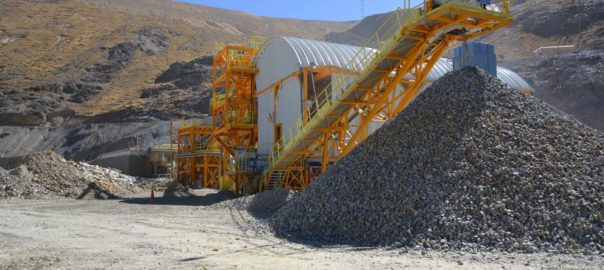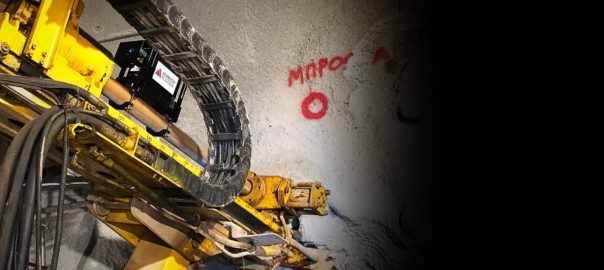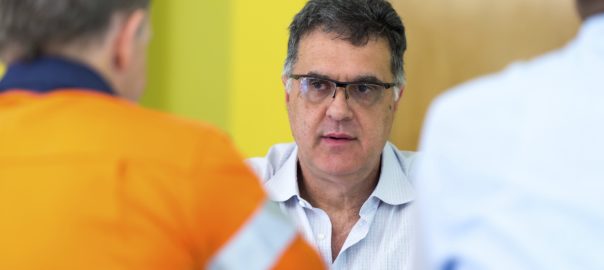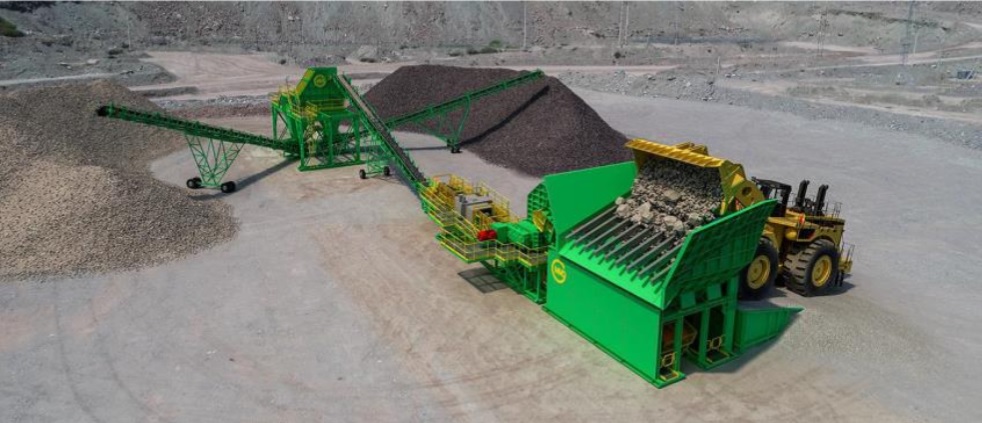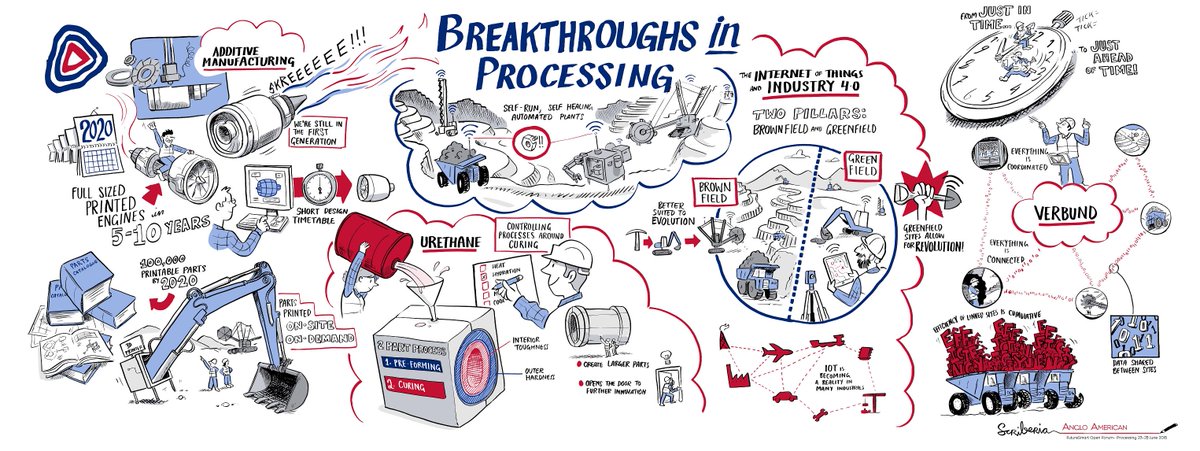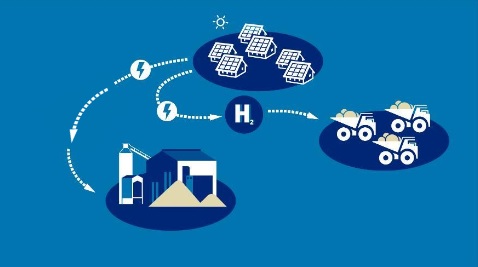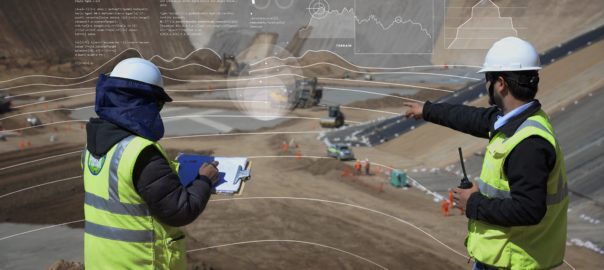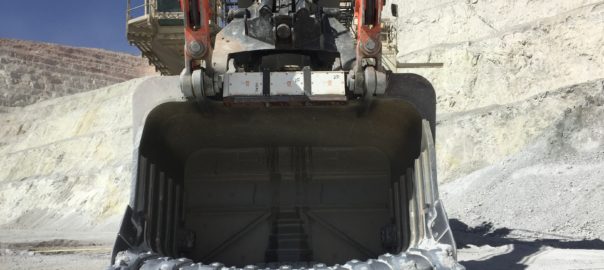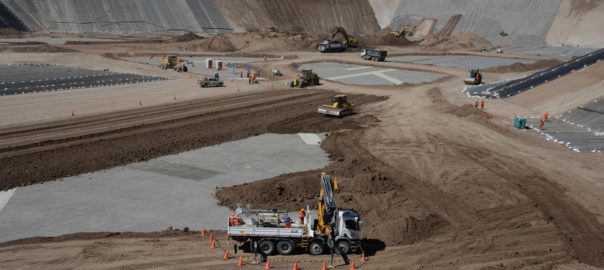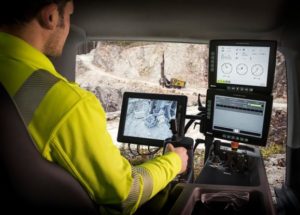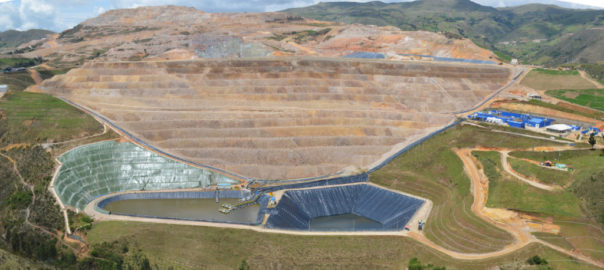TOMRA Sorting Mining says Peru’s Minsur SA has felt the benefit of its X-ray Transmission (XRT) sensor-based ore sorting technology, with its San Rafael tin mine having seen an increase in reserves, plant capacity, overall recoveries and mine life since it was introduced.
Part of the Breca Group of companies, Minsur owns and operates the largest underground tin mining operation in the world, San Rafael. Located in the Eastern Mountain chain of the Andes in Peru at an altitude of 4,500-5,200 m above sea level, the mine contributed about 6% of the total world production of tin in 2015, with about 1 Mt of ore at an average grade of 2.13% mined and processed, resulting in 20,000 t of tin concentrate.
That same year, Minsur initiated a number of activities to ensure the future value of its asset, addressing challenges that included declining head grades and rising operating costs, according to TOMRA.
One of these activities involved an ore sorting project.
Started in 2015, in collaboration with TOMRA Sorting Mining, the project’s objective was to reject low-grade material in coarse particle size.
“By separating sub-economic material before entering the more cost-intensive wet processing, the project would address the bottleneck at the wet section and improve productivity by increasing the feed grade,” TOMRA explained. An added benefit expected from the project would be the longer life of the mine.
Three main factors indicated that sensor-based particle sorting for waste rejection would be effective at San Rafael:
- The high absorption of transmitting X-rays of tin contained in cassiterite;
- The structures of cassiterite, which are large enough to be detected by XRT technology; and
- The significant degree of liberation of sub-economic waste on the particle level that may be subject to sensor-based particle sorting.
In order to assess the feasibility of the project, TOMRA conducted metallurgical tests on geological samples from San Rafael, followed by performance test work. The tests showed the deposit to be amenable to XRT ore sorting due to the presence of 70-80% of uneconomic particles that can be rejected over a wide size range, from 6 to 70 mm, TOMRA said.
The project was approved and, in view of the significant economic potential, was fast tracked and completed in just 14 months. TOMRA and its partner in Peru, which supplied and installed the XRT sorting system, worked closely with Minsur throughout the six-month ramp-up period.
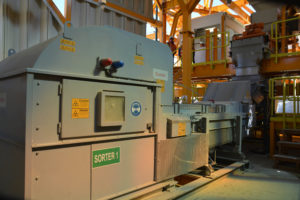
The ore sorting project with TOMRA’s XRT system has delivered significant financial benefits from the beginning, with Minsur realising payback on its capital expenditure in just four months, according to TOMRA. In 2017, the ore sorting project contributed around 36% of Minsur’s total production with about 6,000 t of tin concentrate, the company said.
The project has reduced capital and operating costs at San Rafael in a number of ways:
- Added value – TOMRA’s XRT sensor-based ore sorting is converting uneconomic waste material into economic ore, as material below the cutoff for the main plant can be treated with lower operating costs and converted into reserves;
- Increased plant capacity – The main plant capacity has gone from 2,950 t/d before implementation to 3,200 t/d today, as a result of the crushing operation at the XRT sorting plant;
- Significant improvement in the overall recovery in the main plant – from 90.5% to 92.5%. This is due to sensor-based ore sorting rejecting particles with very fine mineralised cassiterite that is too small for detection by the XRT system, resulting in higher grade and size of mineralisation;
- Extended life-of-mine – today, about 24% of the feed to the sensor-based ore sorting plant come from low grade ore from underground, which in the past would have been below the cutoff. This increase in reserves significantly extends the life of mine;
- Elimination of liabilities through the treatment and proper disposal of 100% of the stockpile; and
- Decreased tailings disposal due to the sensor-based ore sorting system reducing the amount of waste by increasing the grade in the feed to the plant.
TOMRA concluded on the San Rafael case study: “The success of the project has demonstrated the high potential of TOMRA’s XRT technology, and as a result, the company plans to include XRT sensor-based ore sorting as a possible process route in all future projects.”







